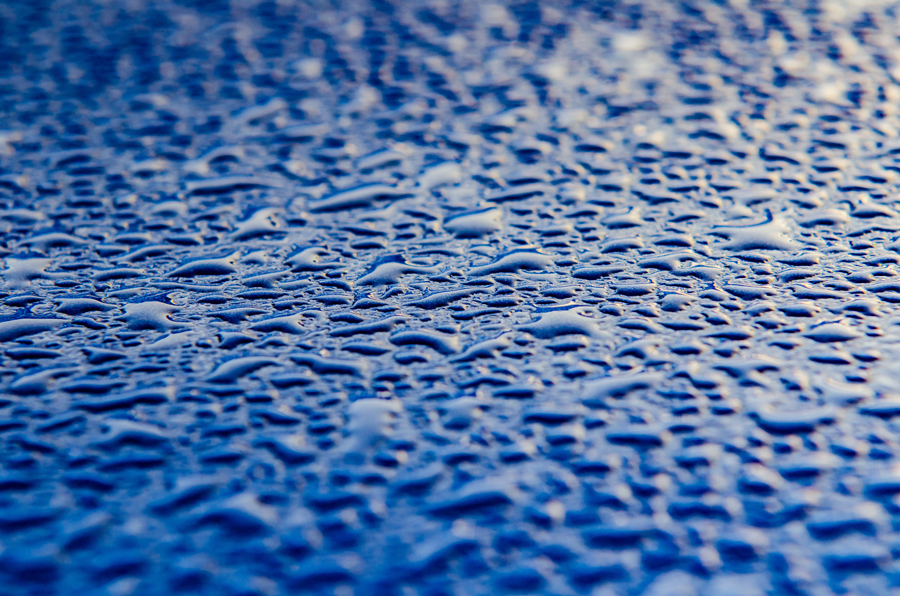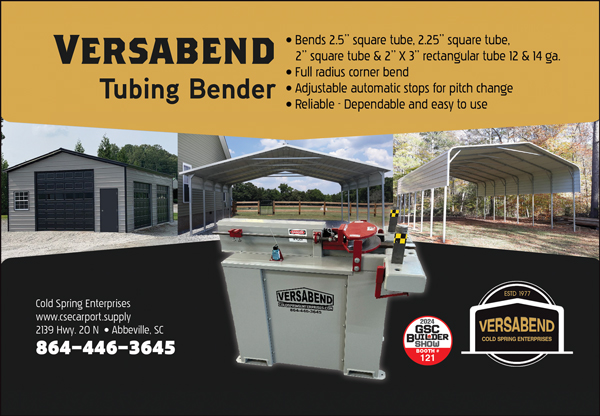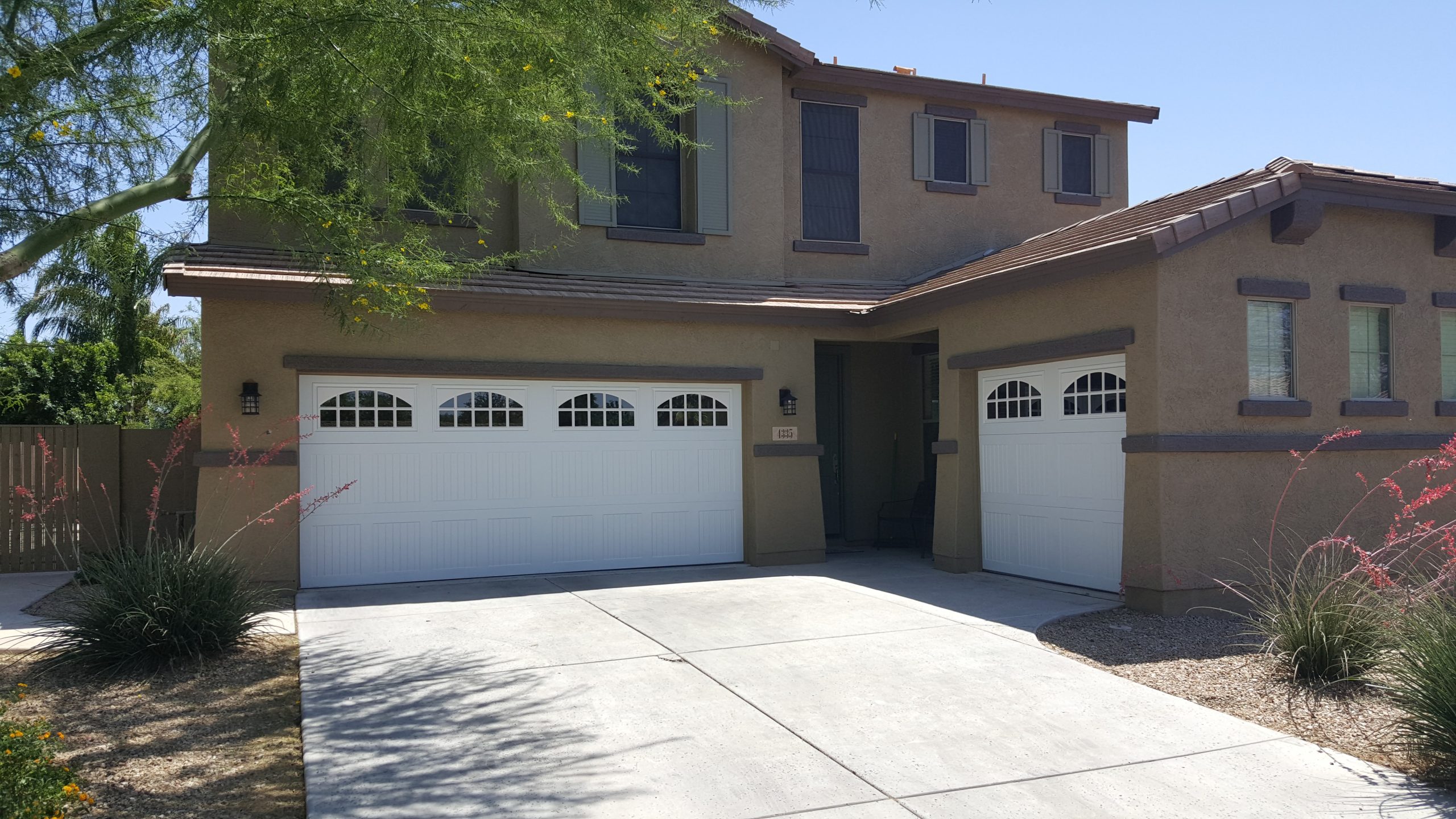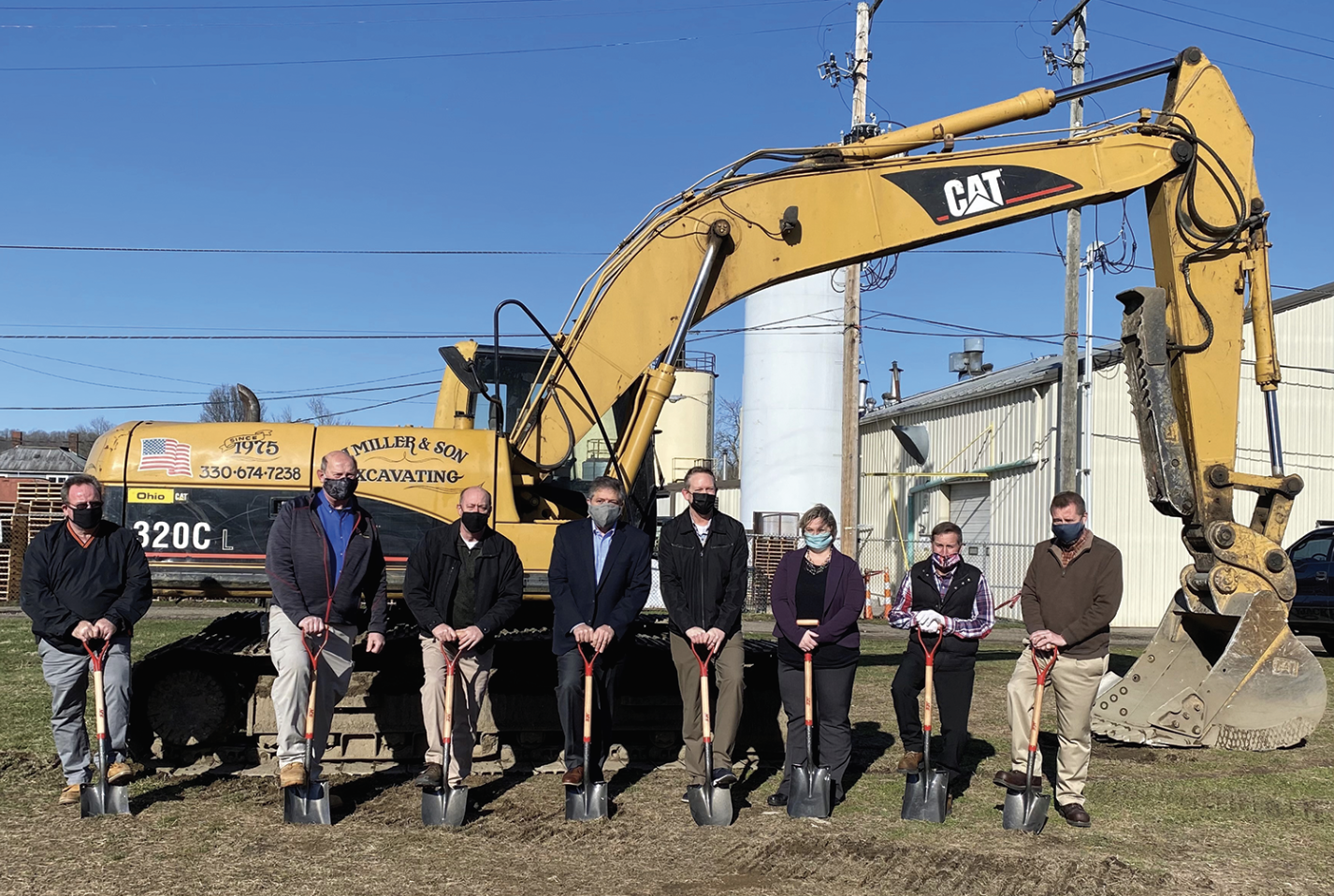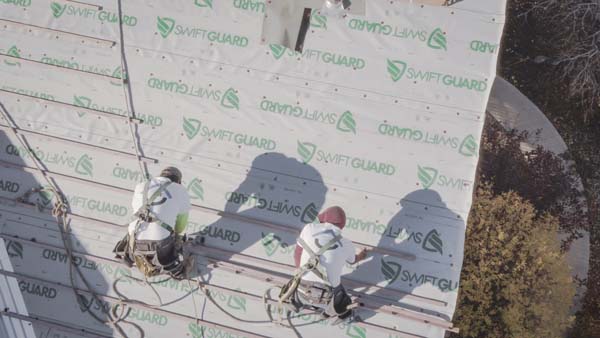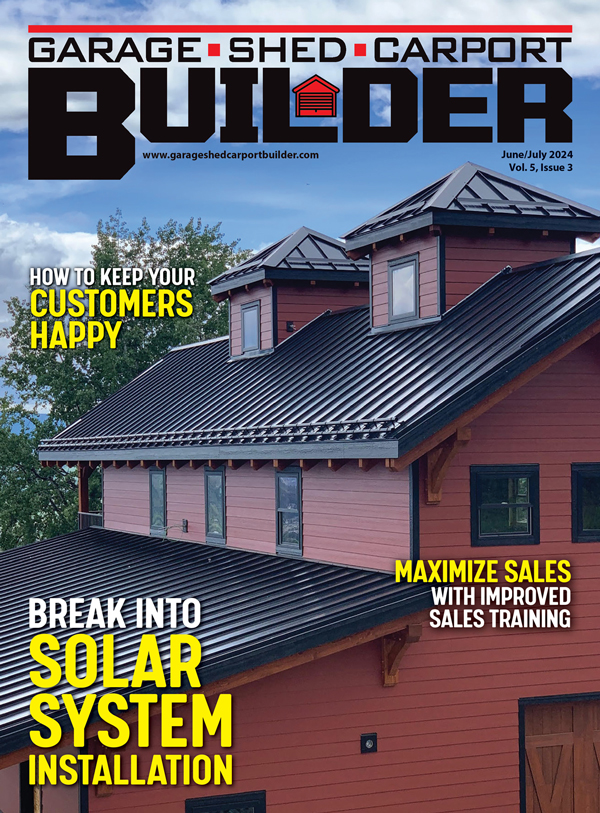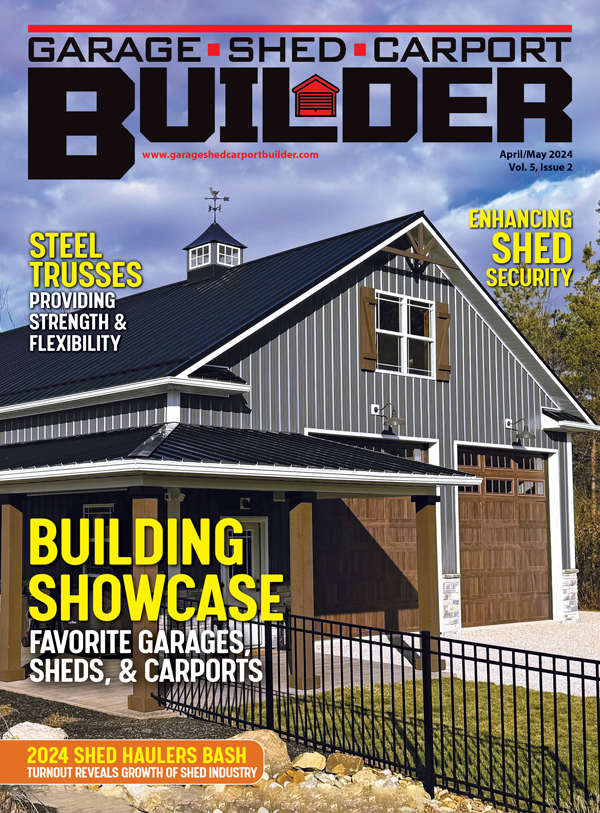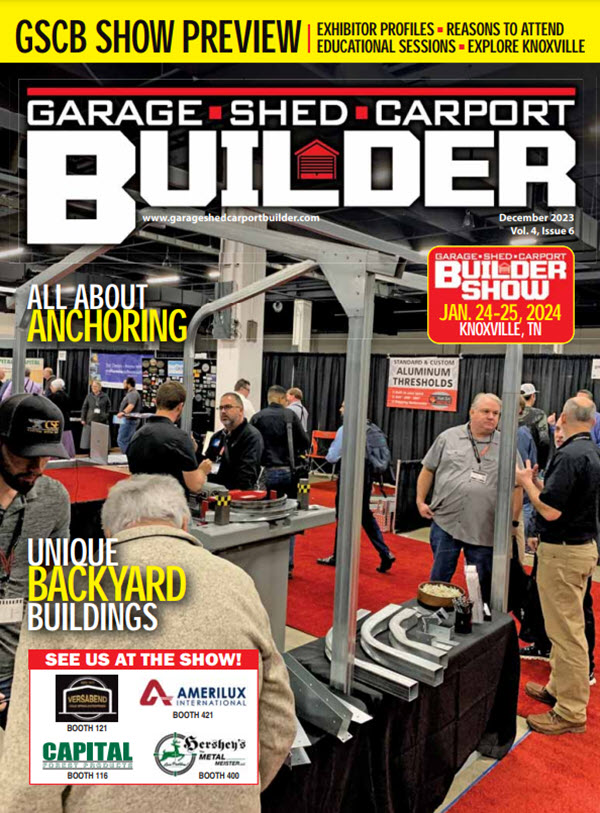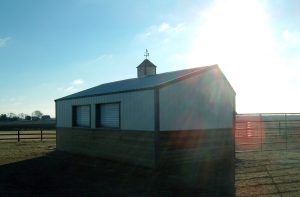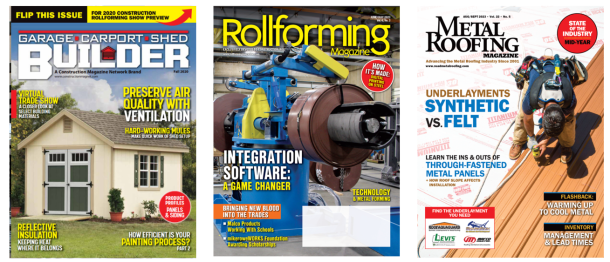By DRIPSTOP
Without fail, “Protection” shows up as the No. 1 item on lists ticking off the benefits for consumers owning a carport. Protection from elements, the sun, weather and even protection against criminal activity.
What is not mentioned or, more importantly, rarely even thought of when consumers are considering buying a carport, is condensation. There is moisture in the air in the form of water vapor. The amount of water vapor in the air is called humidity; where there is humidity, there is condensation. Think about an ice-cold glass of water on a kitchen table. When lifted, it leaves a ring of water. This is a great example of how the humid air around us condenses into water.
That same principle works outside the home as well. Imagine an early spring day where yesterday the temperature was above 65 degrees, and then last night the low was just above freezing. Their mailboxes, cars, swing-sets, lawn ornaments, and just about every solid surface outside will be covered by dew or moisture from condensation. Condensation is moisture that forms on a cold surface exposed to warm, humid air. A client’s bare metal carport will condensate and drip the same way that glass on the kitchen table and the mailbox outside will; it’s a matter of science and Mother Nature.
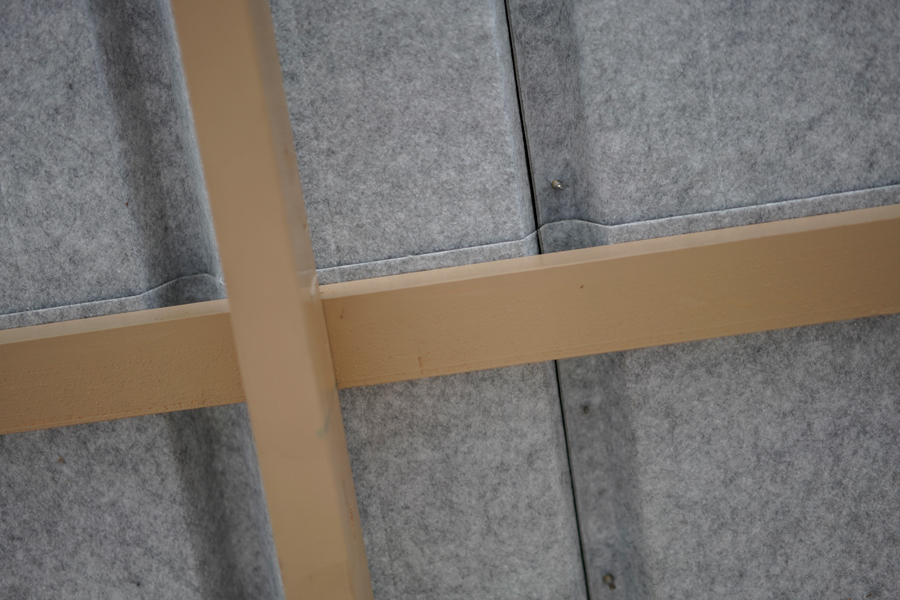
DripStop installed in the carport roof prevents condensation
and corrosion. Courtesy of DripStop.
Wet air is actually lighter than dry air. They must imagine the situation in their carport when nighttime comes; there’s warm, wet air inside, which is lighter than the dry air. That warm, wet air rises and hits the inside of the cold metal roof, where the air cools. (Cold air doesn’t hold as much moisture as warm air.) Water literally falls from the air as condensation droplets until the air is back down below the dew point. The bigger the temperature difference, the smaller the humidity level it can handle before it starts to drip.
So, if the No. 1 reason they’re buying a carport is protection from the elements – and now knowing the carport is exposed to humidity – each owner must determine: Will it be okay to allow condensate to rain down on the contents below? In some cases, the answer will be yes. One of those would be if the carport is for protection from the sun, where the carport’s primary goal is to provide shade. However, if the answer is no, and the goal is to provide the most protection, then a condensation-control product should be offered and used.
There are a couple options they can request: insulation or a condensation-control membrane. Insulation is used to prevent condensation from happening in the first place. Correctly installed, insulation works by keeping the warm humid air from rising to the cold bare metal.
A pre-installed membrane, like DripStop, catches the moisture overnight and releases it back into the air during the day. DripStop is factory applied to the steel panel during production, so it is designed not to scratch or tear off.
Since the membrane is adhered to the steel with a rubberized glue, it also provides an additional layer of corrosion protection to the underside of the steel. A client’s 10’ x 20’ carport with DripStop installed will hold about 5 gallons of moisture.
Since consumers are putting up a carport to protect their possessions, they should think about condensation. The steel won’t give full protection on its own. Condensation is something they need to think about ahead of time to get the very best protection from condensation. GSCB


